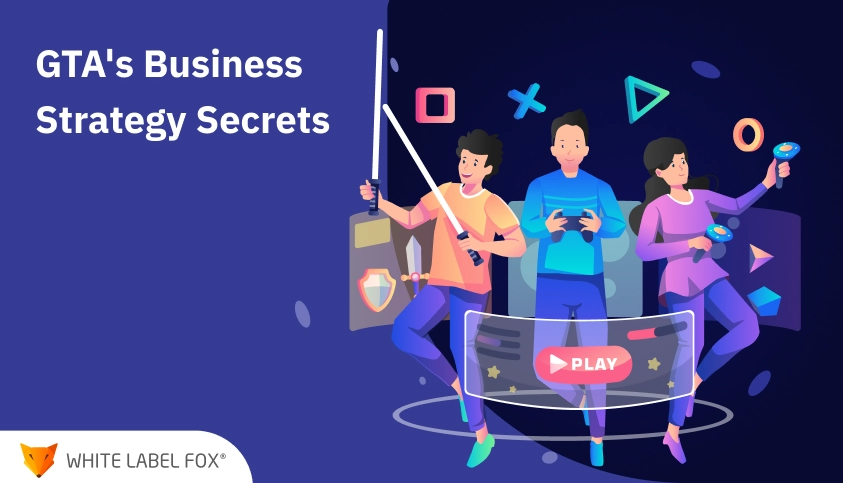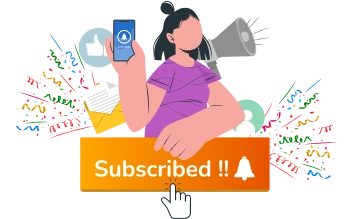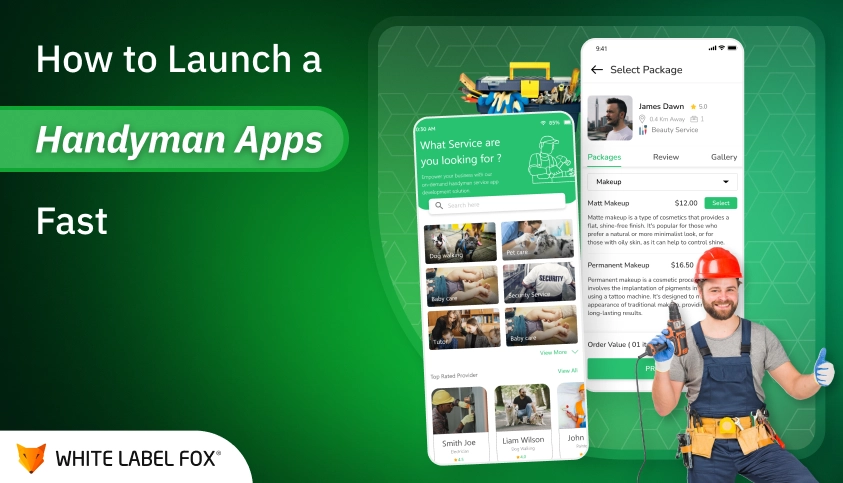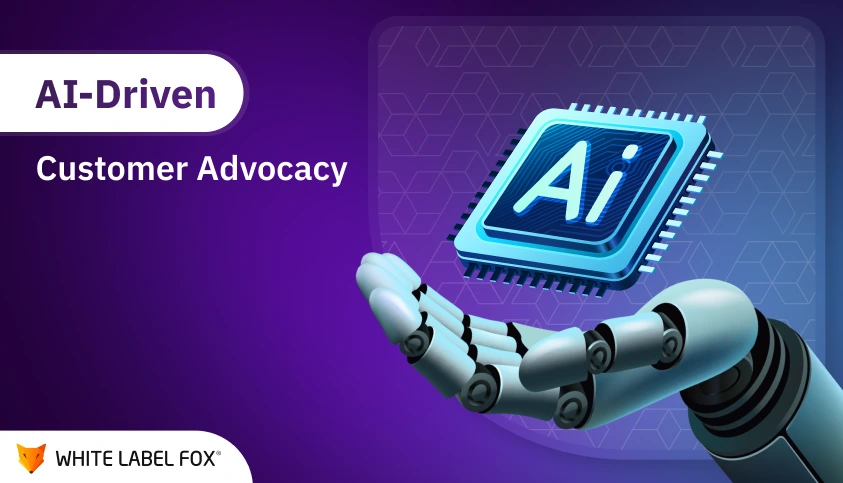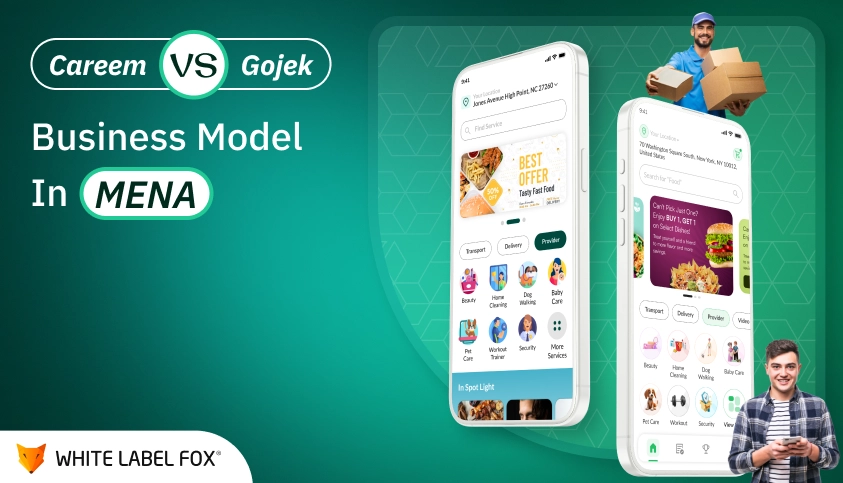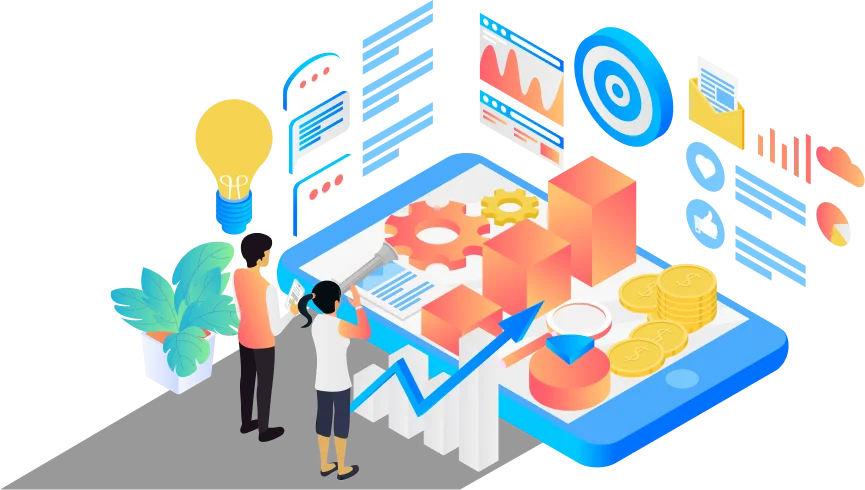What Marketers Can Learn From GTA Online: Gamifying Passive Income Strategies It’s challenging to find new strategies to grab attention in the ever-changing marketing landscape. Email funnels, loyalty points, and retargeting ads work. Digital consumers require emotional engagement, yet these systems often fail to provide it. Surprisingly, GTA Online’s virtual streets are one of the best ways to engage people today.
Yes, it’s Grand Theft Auto. Beyond enjoyment, GTA Online’s intricate passive income, status-driven purchases, and gamified corporate operations are behavioral economics masterclasses. Open-minded marketers can learn how to build brands, keep customers, and automate sales from this well-known game.
Why Gamifying Passive Income Strategies Are So Popular
Players in GTA Online start at the bottom and work their way up. They buy businesses, set up automated income streams, and gain power — all without having to work hard all the time. The idea is simple: set up the right systems to keep the money coming in, even when you’re not playing.
This idea of gamified passive income is great. It makes players feel in charge, gives them prizes for making progress through upgrades, and keeps them interested in providing them tiny but regular wins. You can readily use these ideas in digital marketing, notably in subscription models, affiliate networks, and loyalty programs.
What You as a Marketer Can Learn From GTA Online
This guide on lessons learned from GTA Online passive income breaks down how these systems work in a way that even people who don’t play games can understand. Let’s take a look at some of those now.
Lesson 1: Make Systems That Encourage Returners
The best marketers know that keeping customers is the most important thing. GTA Online does this perfectly by making sure players want to play every day. Businesses in the game, like nightclubs, bunkers, and arcades, make money independently, but players have to log in to get it or keep the supply chains going.
This looks like this in marketing:
- Rewards every day in apps
- Streak bonuses for interacting with content
- Weekly resetting progress bars, like “Your Top 5 Goals”
- An email series that gives you new deals over time
All of these systems use the same psychological hook: progress and anticipation, which people appreciate because it suggests that hard work will pay off.
Lesson 2: Sell the Lifestyle, Not the Product
Anyone who has played GTA Online knows that status is more important than numbers. Players don’t just want money; they want the lifestyle that comes with it, like owning a high-rise penthouse or flying a gold-plated helicopter. Rockstar Games doesn’t just sell the games; they sell the feeling of success.
The same goes for savvy marketers. Apple doesn’t just sell smartphones; it sells status and ease of use. Red Bull doesn’t sell a drink; it sells an adventure.
Marketers can make this method more fun by:
- Giving access to special content after spending a certain amount
- Showing off user accomplishments, such as badges or rankings
- Giving different levels of membership based on how much a customer spends
It’s not so much about giving more; it is about framing rewards as things to strive for.
Lesson 3: Turn the Journey Into a Game
You don’t get money immediately in GTA Online; you must build your empire one step at a time. And every step feels important: getting supplies, delivering goods, protecting your territory, and upgrading your gear. That’s where the fun is.
Put that into marketing by making user journeys look like missions:
- “Finish your profile to get your first bonus.”
- “Tell three friends about it and get into the VIP Lounge.”
- “Complete five workouts to get your first fitness badge.”
It gives people the illusion of progress even if it’s just your app, website, or service. The key is to create milestones that people believe they have earned, rather than simply received.
Lesson 4: Passive Doesn’t Mean Boring
A common mistake in digital marketing is thinking that passive income means not having to do anything. However, passive systems need to be tuned, just like GTA. Players hire workers, manage risk, and improve their assets to make the most money. If they don’t, their club will be empty, and they won’t make any money.
For marketers, passive income streams like affiliate marketing, subscriptions, or productized services all need the same kind of touch:
- Update your copy and creative work often.
- Get your affiliate community back in touch.
- Add small but essential features to your product to make it better.
You want your system to feel like the customer can use it without help, but it is dynamic enough to stay useful.
Putting It All Together
GTA Online never intended to teach marketing. However, its mechanics — competitive motivation, lifestyle branding, gamified progress, and passive income — are tools that any astute marketer should tap into. The game’s success comes from its ability to generate income while combining enjoyment, which is something that most brands strive for.
Future marketing relies heavily on automation and data, but other factors are also critical. Digital ecosystems that make people feel engaged, rewarded, and amused are what we must create. Rockstar Games has shown that if you make the right systems, people will come, stay loyal, and spend their time and money freely.

